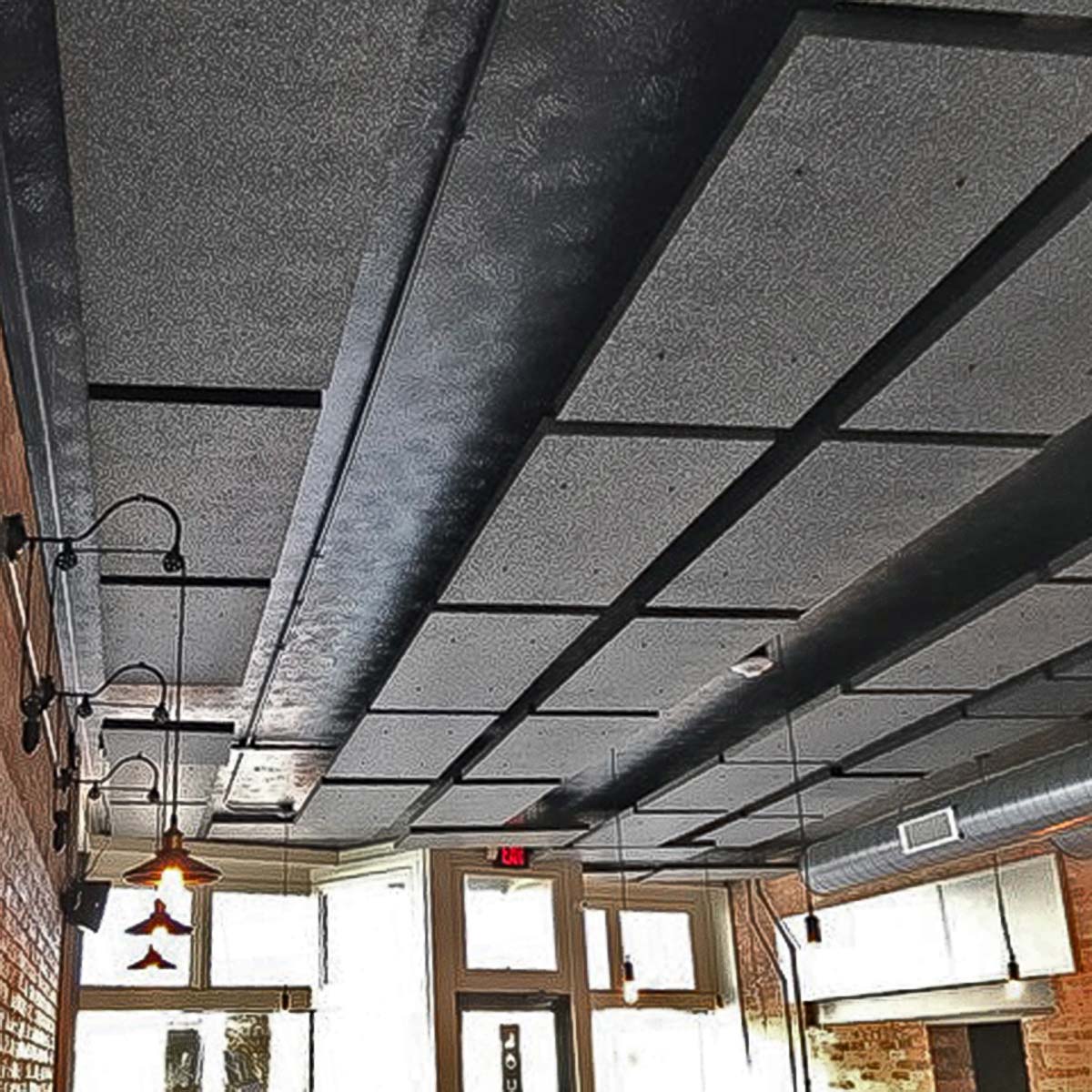Accomplish Perfect Consistency in Your Home With Efficient Soundproofing Strategies for Optimal Acoustics
Soundproofing plays an essential function in attaining optimal acoustics, affecting the method we experience and interact with our living rooms. By recognizing the fundamentals of soundproofing, identifying sources of noise disturbances, choosing ideal materials, and applying proven techniques, you can transform your home into a haven of harmony where noise boosts rather than interrupts.

Recognizing Soundproofing Essentials
What are the basic concepts that underlie effective soundproofing techniques? Soundproofing is rooted in the understanding of how acoustic waves travel and interact with various products. The secret to successful soundproofing hinges on disrupting or soaking up these audio waves to lessen their transmission from one area to an additional. This can be attained via different techniques, such as adding mass to wall surfaces, floorings, and ceilings, sealing gaps and splits to stop sound leakage, and making use of sound-absorbing products like acoustic panels or rugs (acoustic solutions).
Understanding the idea of audio transmission class (STC) rankings is critical in choosing the best products for soundproofing. The STC score measures exactly how well a material can lower air-borne sound transmission with it, with higher STC ratings indicating far better soundproofing capabilities. In addition, thinking about the influence of effect insulation course (IIC) scores for reducing influence noise, such as steps or furniture moving, can additionally enhance the performance of soundproofing services.
Examining Noise Resources in Your Home
Structure upon the fundamental understanding of soundproofing concepts, a critical action in effective noise reduction within your home involves determining and analyzing the various resources of unwanted noise. Sound resources can be categorized into 2 main types: air-borne noise, that includes noises like conversations, songs, and tv, and impact noise, such as footprints or items being dropped. To examine these resources, consider the different areas in your house and the activities that normally take place in each. For instance, the living space might have extra airborne noise from home entertainment systems, while influence sound from footprints may be a concern in areas with difficult floor covering like corridors or cooking areas.
Additionally, think about exterior resources of noise, such as website traffic, next-door neighbors, or neighboring construction, which can also affect the acoustics within your home. acoustic solutions. Determining these sources will help you focus on locations for soundproofing and select one of the most effective remedies. By identifying the details sound resources in your home, you can tailor your soundproofing initiatives to achieve optimal outcomes and produce an extra tranquil and unified living environment
Choosing the Right Soundproofing Products
When selecting soundproofing materials for your home, it is important to prioritize performance and compatibility with your particular sound concerns. Think about variables such as the sort of sound you are attempting to block, the degree of soundproofing required, and the aesthetics of the products to ensure they mix seamlessly into your living area.
One usual material for soundproofing is acoustic foam. This lightweight and flexible product is wonderful for absorbing mid to high-frequency noises, making it excellent for songs rooms, home theaters, or offices. One more alternative is mass-loaded plastic, which is effective in shutting out low-frequency noises like website traffic or machinery sounds. For walls and ceilings, soundproof drywall is a prominent option as a result of its ability to decrease noise transmission between spaces.
Drapes and carpets made from sound-absorbing materials are also reliable in dampening noise, specifically in areas with difficult surfaces that trigger noise to jump around. Keep in mind, the secret to successful soundproofing is picking the appropriate materials that resolve your specific noise issues while improving the general comfort and acoustics of your home.
Executing Soundproofing Techniques
To efficiently carry out soundproofing methods in your home, it is important to start by assessing the locations that are most at risk to sound infiltration. Common resources of sound can include external audios from web traffic, neighbors, or nearby building and construction, along with interior sources like devices, plumbing, and home entertainment systems. When you have identified these locations, you can Full Report begin implementing soundproofing remedies tailored to each details area.

For more substantial noise decrease, consider installing soundproof drywall, double-glazed windows, or resilient channels to separate resonances. Furthermore, reorganizing furnishings, adding shelfs, or including sound-absorbing products can better boost the acoustics of an area. By purposefully implementing these soundproofing techniques, you can create a quieter and even more calm living atmosphere in your home.
Preserving and Improving Acoustic Environment
After executing soundproofing strategies to address sound seepage in your look at more info house, the focus shifts in the direction of maintaining and improving the acoustic setting to guarantee a continually serene home. To maintain optimal acoustics, on a regular basis inspect soundproofing products for damage, ensuring they stay reliable in blocking unwanted noise. Maintain windows and doors correctly sealed to avoid sound leakage and think about including climate stripping or door sweeps for extra soundproofing.
Improving the acoustic environment can include critical placement of furniture, rugs, and curtains to moisten audio representations and mirrors. Making use of sound-absorbing materials such as acoustic panels or foam can even more improve the general audio quality in your house. acoustic solutions. Furthermore, incorporating soft furnishings like cushions and coverings can assist decrease sound reverberation, developing a much more pleasant acoustic experience
Furthermore, spending in sound-absorbing decoration components like bookshelves, tapestries, or plants can add to a balanced acoustic atmosphere. Regularly decluttering your area can also stop acoustic waves from bouncing off surface areas, ultimately enhancing the total acoustics of your home. By regularly preserving and boosting your acoustic environment, you can develop an unified and peaceful home on your own and your household.
Verdict
To conclude, attaining ideal harmony in your home via efficient Related Site soundproofing strategies is vital for optimum acoustics. By understanding soundproofing fundamentals, examining sound resources, choosing the best products, applying strategies, and maintaining the acoustic setting, you can create a calm and enjoyable space complimentary from undesirable sound disruptions. Focusing on soundproofing initiatives can significantly improve the overall lifestyle in your home.